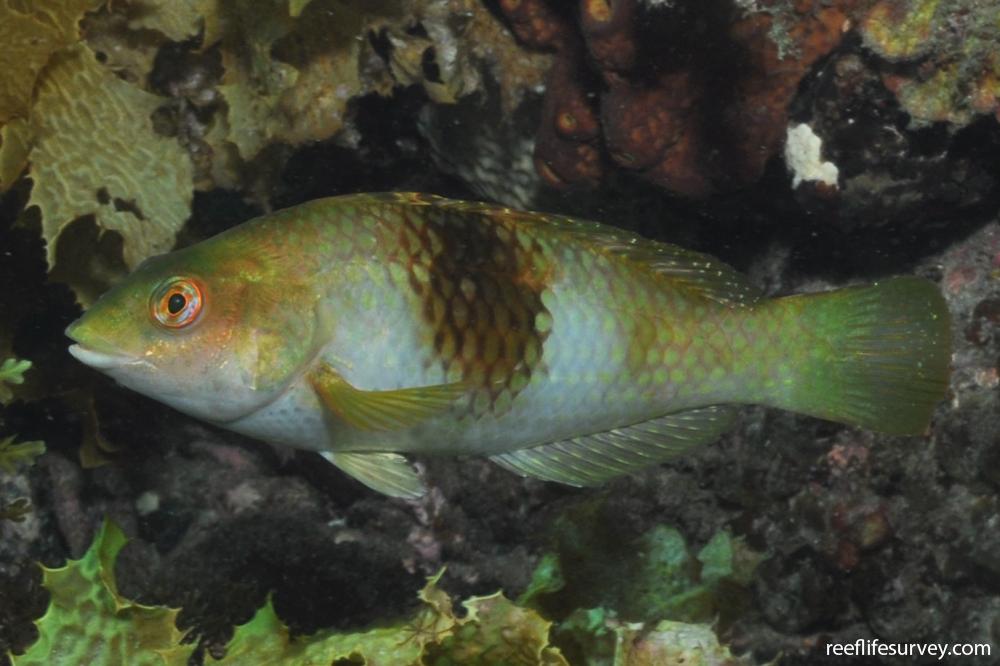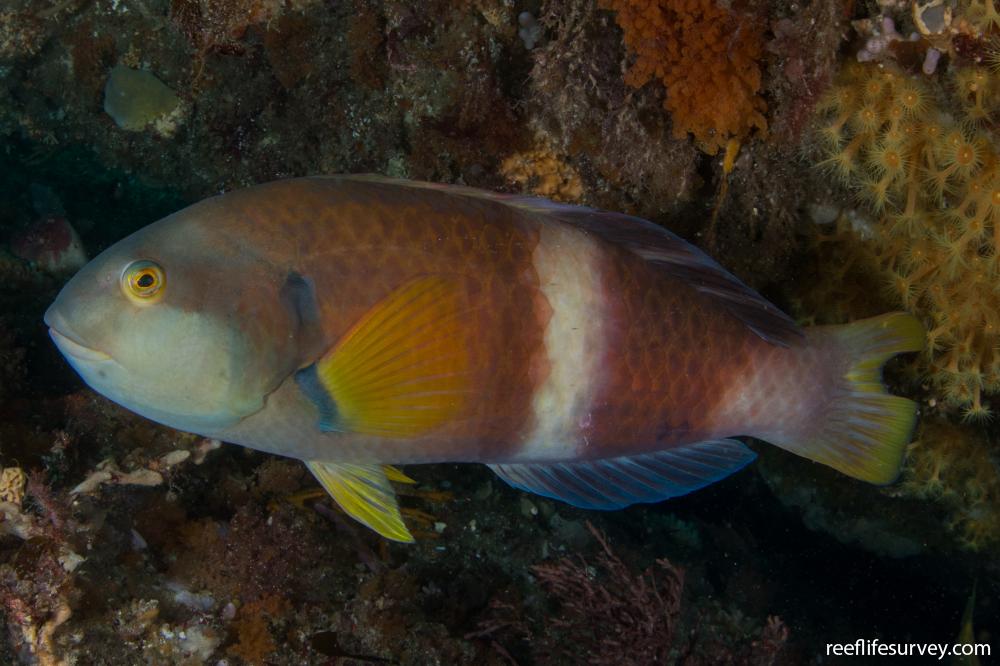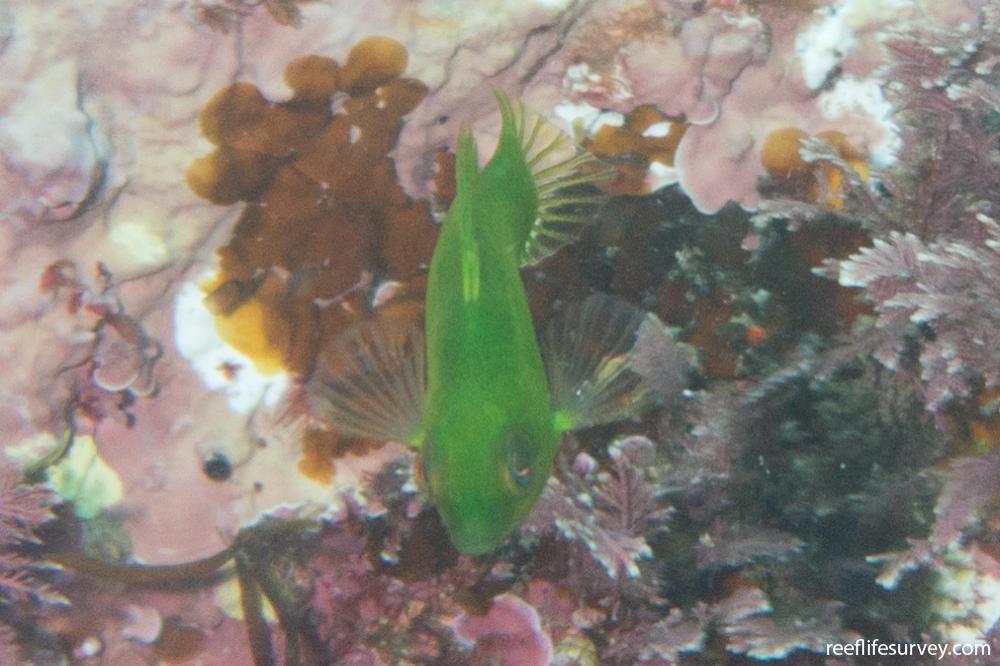Notolabrus tetricus
Blue-throat wrasse | Bluethroat Wrasse | KelpieSimilar Species
Same Genus
Distribution
Temperate Australasia
Description
Juveniles are usually mottled brown, but can also be bright green, similar to juveniles of other wrasses, like N. fucicola. A dark bar becomes more obvious in the middle of the body as they grow, and a white bar develops behind this and becomes prominent in males. One of the most common and frequently encountered wrasses in south-eastern Australia, particularly Tasmania.
Information
Max Size: 50 cm
Sea Temperature Range: 10.3-21.7°C
Depth: 1 - 50 m
Habitat Generalization Index: 29.39
Also referred to as the SGI (Species Generalisation Index), this describes the habitat niche breadth of the species. Species with values less than 15 are found in a relatively narrow range of reef habitat types (specialists), while those over 25 may be found on most hard substrates within their range (generalists). Learn more here.
Conservation and Rarity
IUCN Status: Least Concern
Occurrence: Widespread (69.6% of sites)
Occurrence describes how often the species is found on surveys within its distribution. It is calculated as the % of reef sites surveyed by RLS divers across all the ecoregions in which the species has been observed
Abundance: Several (8 per transect)
Abundance is calculated as the average number of individuals recorded per RLS transect, where present.
Edit by: GJ Edgar. 2008. Australian Marine Life. New Holland, Sydney






















